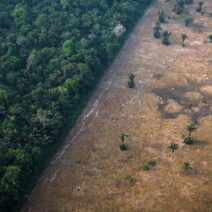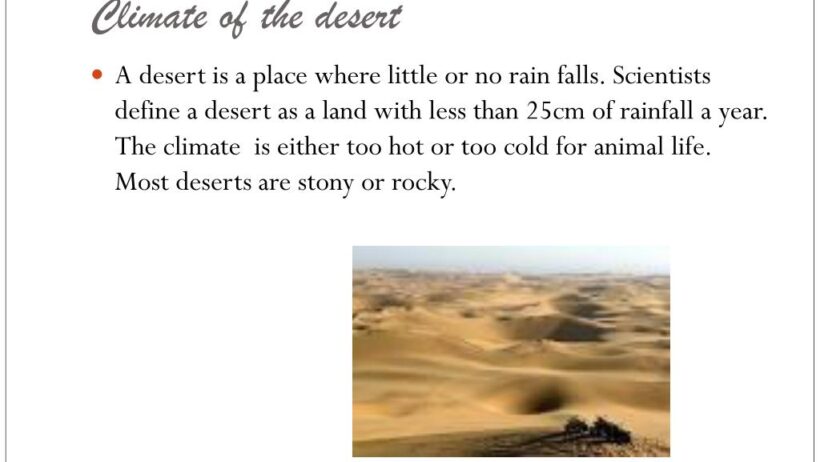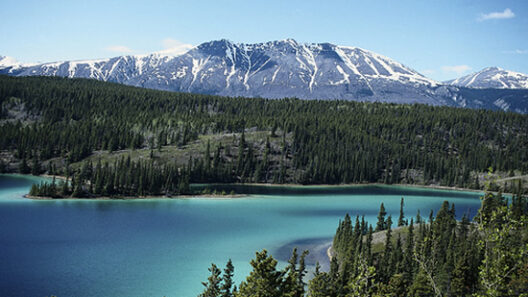Deserts are enigmatic ecosystems, paradoxically vibrant yet starkly barren. They evoke a visceral sense of contradiction—a landscape where life thrives amidst profound scarcity and harsh conditions. Have you ever pondered what it truly means for a place to be classified as a desert? What secrets do these sun-blistered expanses hold in their arid embrace? Understanding the climate of the desert requires an exploration of its unique characteristics, geographical distribution, and the ecological dynamics that govern its existence.
At the outset, desert climates are primarily defined by their minimal precipitation—an annual average of less than 250 millimeters (10 inches). This constitutes a fundamental departure from environments characterized by abundant moisture. The defining dryness of deserts engenders not only a severe lack of water but also a series of dramatic temperature fluctuations. By day, when the sun’s rays flood the landscape, temperatures can soar to blistering heights; however, as darkness enfolds the terrain, the absence of clouds permits rapid cooling, often resulting in nightly lows that can dip perilously low.
Deserts are not merely barren wastelands but are differentiated into various types based on temperature and geographical features. The two predominant classifications are hot deserts (like the Sahara) and cold deserts (such as the Gobi). Hot deserts experience scorching conditions during the day, while cold deserts can resemble tundras, illustrating snow-covered landscapes during certain seasons. This dichotomy highlights the intricate interplay between latitude, altitude, and local geography in shaping desert climates.
Let’s not forget the role of the rain shadow effect—a meteorological phenomenon that plays a pivotal part in the development of desert regions. When moist air ascends over a mountain range, it cools and loses moisture in the form of precipitation. Consequently, the leeward side of the mountains remains parched, giving rise to deserts. Such dynamics underscore the critical relationship between terrain and climate, emphasizing that deserts are not isolated methodologies; instead, they are complex ecosystems inherently connected to broader environmental systems.
The adaptive strategies of flora and fauna within desert ecosystems are nothing short of extraordinary. Life in these extreme environments challenges our conventional perceptions of survival. Plants such as cacti and succulents have evolved sophisticated mechanisms to retain moisture, often featuring waxy coatings and specialized leaf structures that minimize evapotranspiration. Similarly, nocturnal animal behaviors illustrate fascinating adaptations; species like the fennec fox and the kangaroo rat are primarily active during cooler evening hours, thereby reducing exposure to the punishing heat.
The climate in desert regions is profoundly influenced by air circulation patterns and the global distribution of high-pressure systems. The subtropical high-pressure belts, located approximately 30 degrees north and south of the equator, are notable contributors to the creation of arid zones. Under these systems, descending air inhibits cloud formation and precipitation, perpetuating the cycle of dryness. This ubiquitous climatic mechanism raises a critical query: as global temperatures rise, what implications might this have for desert climates and their already tenuous ecosystems?
As climate change accelerates, it is imperative to examine how shifts in patterns of precipitation and temperature will affect desert environments. While some may jest about the appeal of “living in eternal sunshine,” the ramifications are dire. Alterations to the balance of precipitation can exacerbate drought conditions, threaten biodiversity, and disrupt the delicate web of life inherent to these regions. Agricultural practices are equally at risk, as desertification—where fertile land transforms into desert—poses a poignant challenge for food security and local economies.
The future of desert climates is not just a matter of academic interest; it demands urgent attention from policymakers, environmental scientists, and the global community. Reckoning with the evolving characteristics of these regions necessitates targeted conservation efforts, sustainable land management practices, and awareness of the human influences that precipitate ecological distress. Collective action could foster resilience, ensuring that deserts remain not just relics of aridity but living landscapes that contribute to our planet’s ecological diversity.
In summary, the climate of the desert is a tapestry woven from precipitation patterns, temperature extremes, and adaptive evolution. These environments encapsulate the remarkable capacity of life to endure and adapt amid severe constraints. However, as climate change looms large, the stakes are high. Perhaps the question is not merely about what defines a desert but rather what we stand to lose if we fail to protect these captivating ecosystems from escalating threats. Understanding the intricacies of desert climates enriches our perspective, inviting us to appreciate and safeguard their irreplaceable ecological significance.







